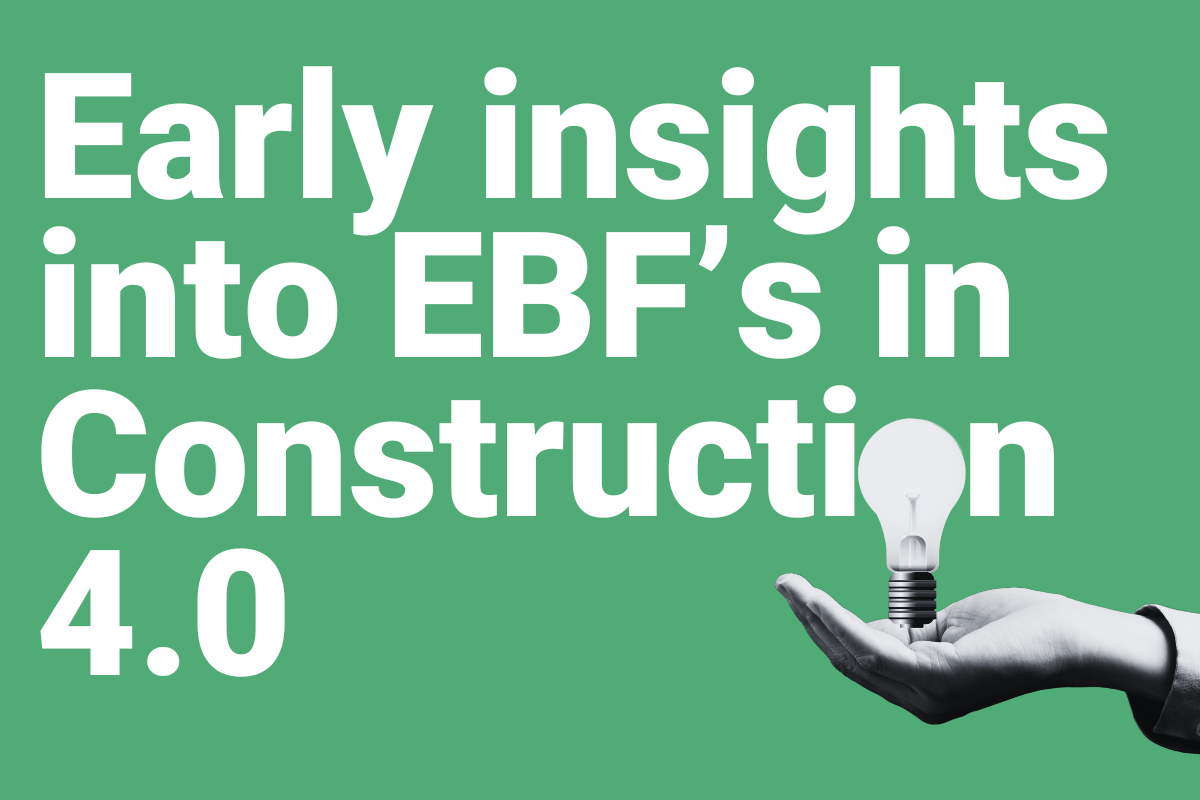Your cart is currently empty!
Nándor Magó
tane/he/him
Finite Element Analyst
ME, BE, CMEngNZ (Struct.), CPEng, PSE (A-level)

Ko Tisza te awa.
Ko Hungareana te iwi.
Kei te noho ahau ki Ōwairoa
Ko Nándor Magó tōku ingoa.
Did you know…
I joined the HERA whānau in 1999!
I’m Hungarian and speak Hungarian, Serbian and Croatian
My additional roles include:
Ngākopa Construction 4.0 Monitoring 4.0 kairangahau
I’m proudly a SIMULIA Champion for 2022
Dassault Systems (3ds.com)

I’m a structural engineer specialising in Finite Element Analysis (FEA) using general purpose Abaqus software for realistic simulations.
With over 25 years’ experience in the industry, I’ve worked in project management, education and vibration analysis roles in Europe and now in New Zealand – and have had the opportunity to present this expertise both locally and abroad.
I’ve worked on many challenging structural and mechanical engineering simulations, and generally deal with steel-concrete-foam composite structures analysed under a variety of loading conditions using implicit and explicit codes.
Solving static, quasi-static and dynamic engineering problems in the design development and experimental testing leads to delivering smarter solutions.
Since joining HERA I’ve worked on various research studies and consultancy projects for our members and clients – more recently delivering sequentially coupled thermal-stress analyses to investigate the fire behaviour of composite slabs and columns.
I’m proud to work at HERA where my technical knowledge in realistic simulations supports applied research and consulting work that make a real difference to project outcomes.
When I’m not immersed in technical work, you’ll find me active and outdoors, embracing nature.
HERA Reports and published papers demonstrating my FEA capabilities
- HERA Report R4-152: Validation of structural fire design for steel framed carparks
- HERA Report R4-149: Specific design for multi-story light steel framed buildings, fire performance of light steel framed floors in multi-story residential buildings (part of https://www.branz.co.nz/pubs/research-reports/er34/)
- HERA Report R4-148: Concentrically and eccentrically loaded concrete filled slender tubular steel columns in fie condition
- HERA Report R4-147: Temperature distribution in typical composite slabs under standard temperature-time fire condition
- HERA Report R4-145: Finite element analysis of eccentrically braced frames with removable link
- HERA Report R4-140: Investigation of slab participation in moment resisting steel frames
- HERA Report R4-118: Stage 2 development of the slab panel design procedure
- HERA Report R4-117: Finite element analysis of moment end plate connections
- HERA Report R4-110: Finite element analysis of the sliding hinge joint
- Mago, S. Hicks and A Lovisa, Fire performance of light steel framed floors in multi-story residential buildings, NAFEMS World Congress, Stockholm, 2017
- Mago, S. Hicks, Fire behaviour of slender, highly utilized, eccentrically loaded concrete filled tubular columns, Journal of Constructional Steel Research, vol. 119, pp. 123-132, 2016.
- Mago, S. Hicks and W. I. Simms, Sequentially coupled thermal-stress analysis of a new steel-concrete composite slab under fire, 2014 Simulia Community Conference, Rhode Island, USA, 2014.
- Mago, G. C. Clifton, M Feeney and T. Porter, Performance of an office building in fire, ABAQUS User’s Conference 2008, Rhode Island, USA, 2008.
- Mago, G C. Clifton, Realistic simulation of reinforced concrete slabs under severe fire attack, NAFEMS World Congress, Malta, 2005.
- Mago, G C. Clifton, Bolted sliding hinge behaviour under cyclic loading, NAFEMS World Congress, Orlando, Florida, USA, 2003.
- M. Al-Jumaily, N. Mago, Low frequency analysis of the tracheo-bronchia, BED-Vol. 53, Advances in Bioengineering, ASME 2002.





